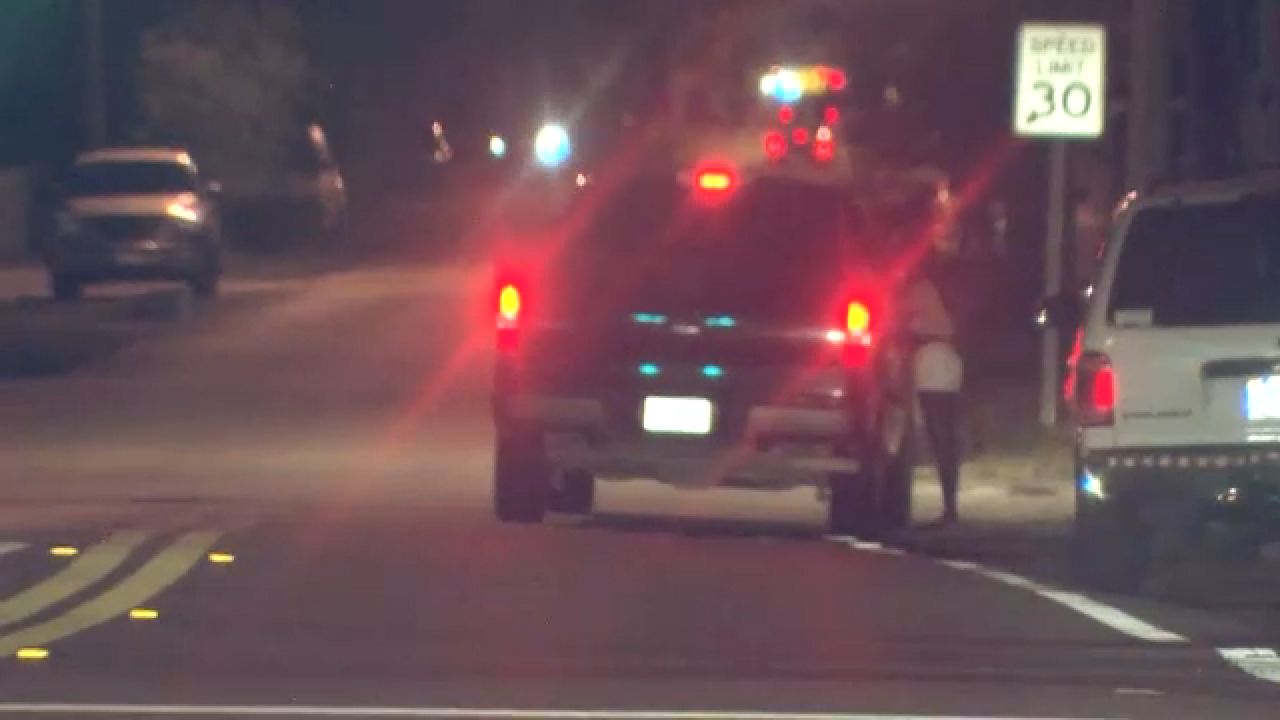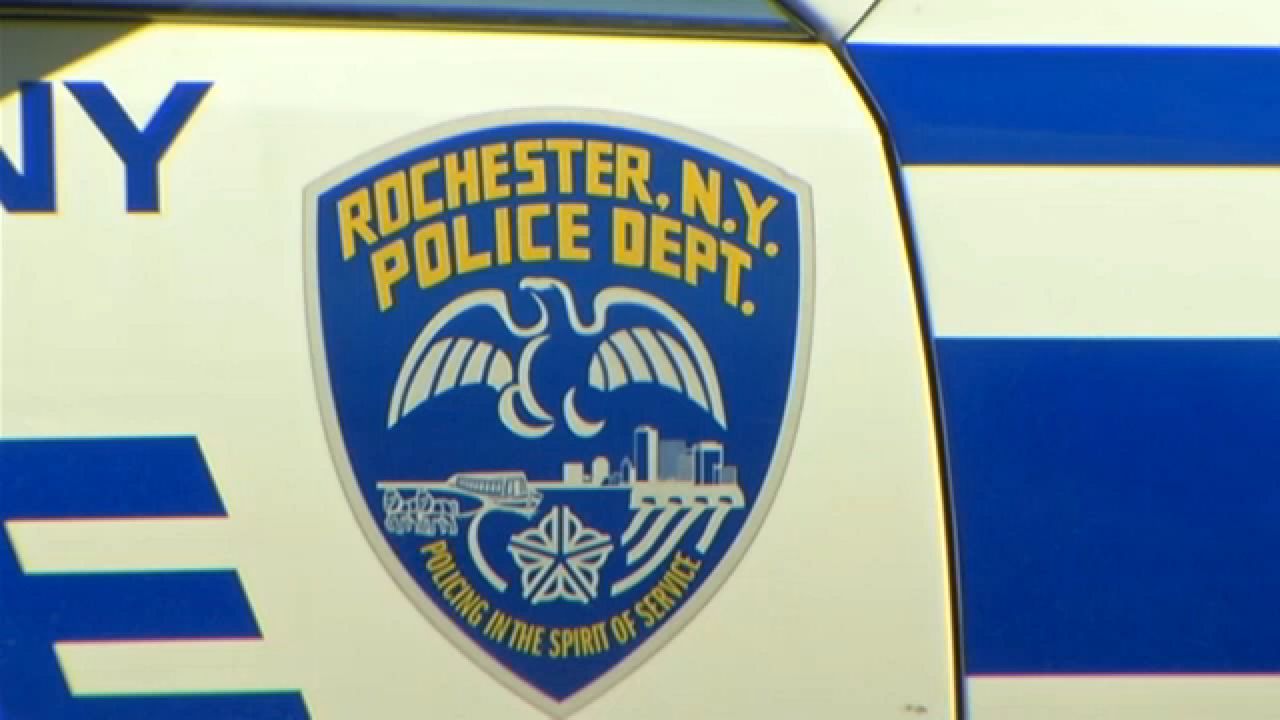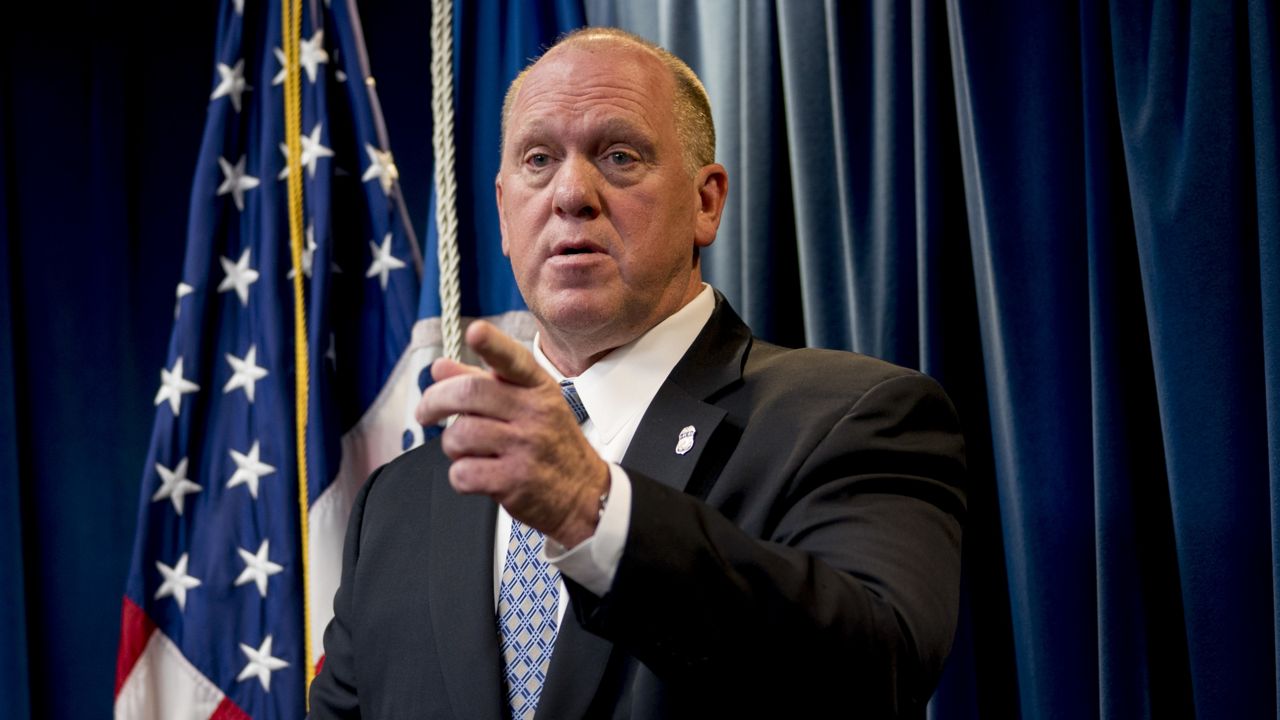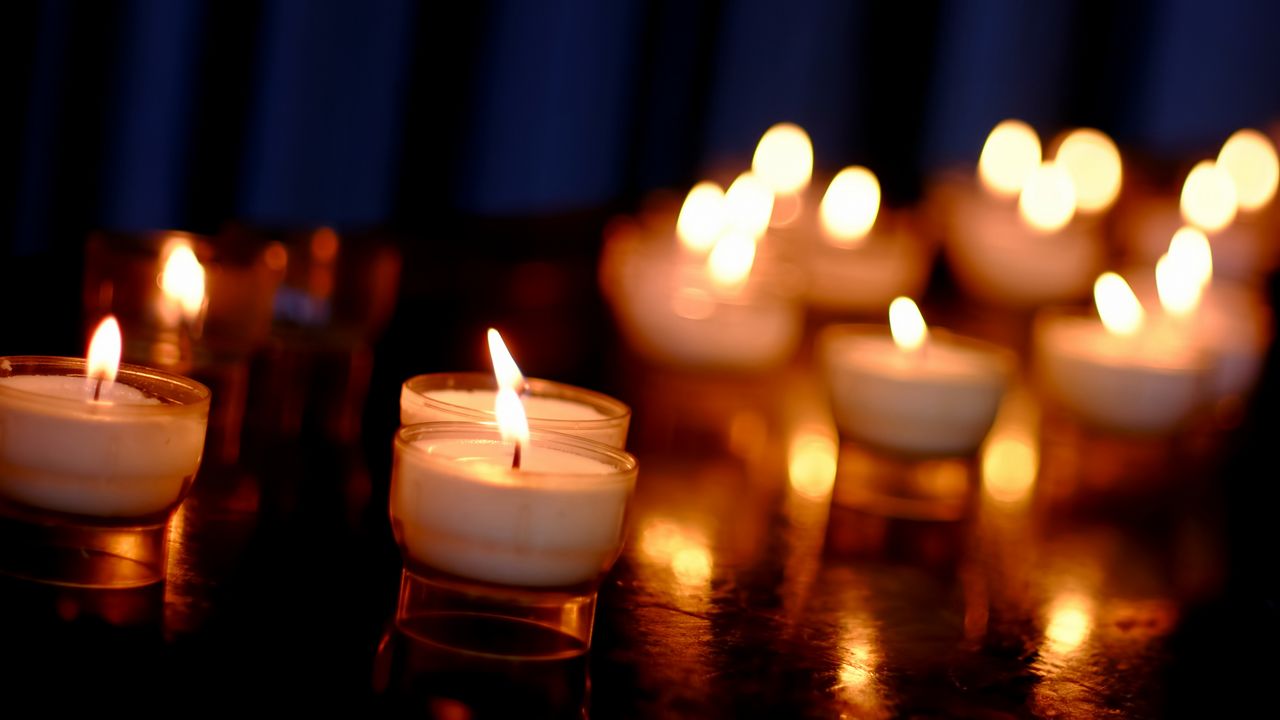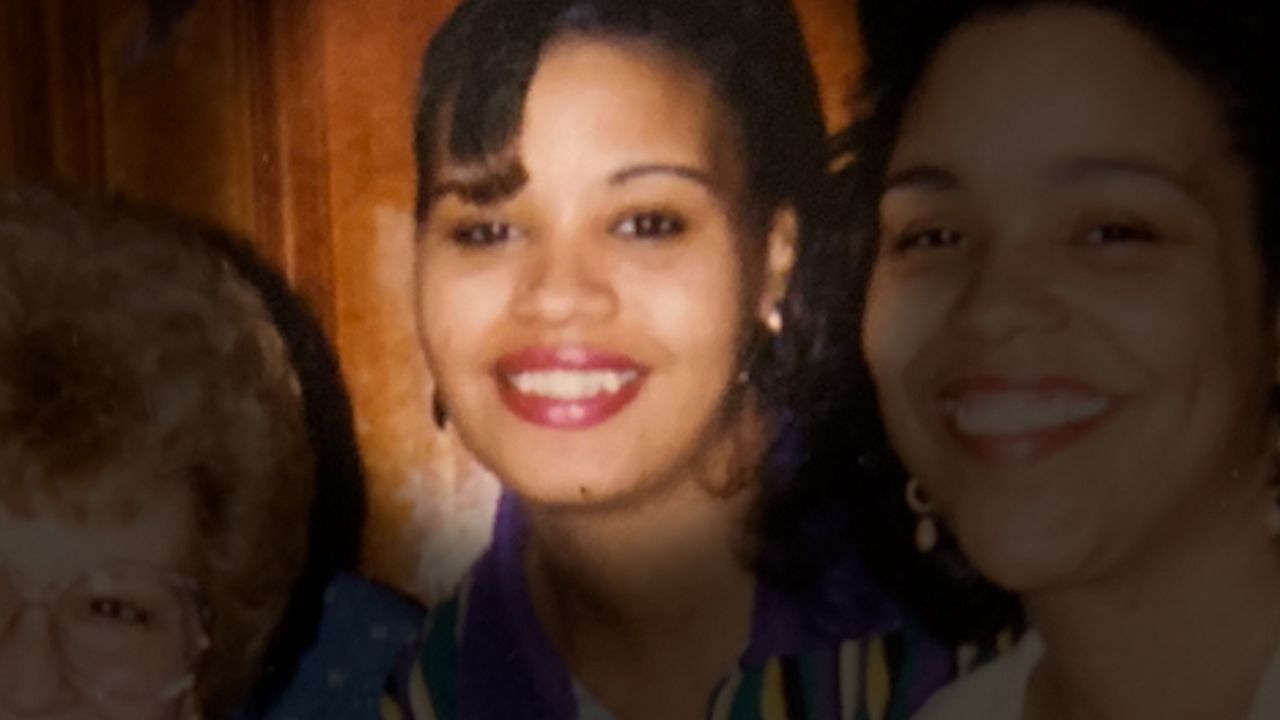Would you be able to tell if someone you know or pass by is being trafficked?
On the final day of National Human Trafficking Prevention Month, a survivor has some advice for anyone who may need help, or knows someone who does.
“Human trafficking is a real thing,” one woman in Western New York told Spectrum News 1. “It's a real thing that really affects children ... it happens at a very young age. [They are] typically introduced to trafficking between the ages of 12 and 14.”
The woman says she is a survivor of human trafficking, but claims nobody intervened on her behalf -- and noone was arrested. Even though she now lives a happy life, she says that she will forever be affected by the trauma. For her, spending time with animals is therapeutic.
But her story is not an unusual one. According to the U.S. Department of State, there are estimated to be nearly 25 million people subjected to human trafficking around the world, including in the United States.
“Human trafficking is the use of force to obtain some type of commercial sex act in exchange for something of value,” child advocacy coordinator for Safe Harbors of the Finger Lakes Melissa Gilbert said. “So that could really be anything of value. Money. Clothes. Jewelry. Food. A place to stay.”
Safe Harbors of the Finger Lakes provides free services to victims of human trafficking.
“A child doesn't have to be taken away from their home to be trafficked,” Gilbert said. “A child can be trafficked from their own home or from their own bedroom, because of social media and the impact that that has on children.”
“I think it's really important for our communities to understand that human trafficking doesn't discriminate,” program manager for the Child Advocacy Center of the Finger Lakes Ashley Davoli said.
Davoli says the organization provides support to victims of human trafficking by helping them escape the situation, heal and move forward with their lives. She says it’s not as obvious as you may think to spot a victim of human trafficking.
“It could be the neighbor child who is very well taken care of, but at risk,” Davoli said. “And certainly with COVID, I think, it's changed a lot of the risk factors for our children because of the use of social media, and youth having more and more access to technology all the time.”
“There's this huge misconception that if you’re trafficked, you've been kidnapped [and] chained to a bed somewhere,” the survivor later said. “It really doesn't have to look like that. And for the most part, it really doesn't.”
So what does it look like?
“Some of the warning signs are if you see a young teenager who maybe is identifying a significantly older male as a boyfriend, or [there is] just a large age gap,” she said. “[If the child has] monetary things of value like cell phones, money [or] hotel keys — things like that, that they wouldn't necessarily be able to obtain on their own. Does that person look scared? Are they kind of looking around for help?”
Professionals want people to know about the Universal Signal for Help, also known as the the Violence at Home Signal for Help. It's something that can be done in person or online. You hold your hand up with your thumb tucked inside your palm, and fold your fingers down over your thumb, symbolically trapping your thumb.
“I think one of the things that we recently learned is the Universal Signal for Help and being able to recognize that," Gilbert said. "And [the importance of spreading] the word around what that looks like — so that victims know how to use that and that people know how to identify what that looks like.”
It took years for the survivor to break away. Now she works to help other victims escape from trafficking and deal with the trauma that can last a lifetime.
“It’s a journey, and it's got its ups and its downs,” the survivor said.
To make a report, get help or to learn more, you can call Safe Harbors of the Finger Lakes at 1-800-247-7273.
You can also reach the National Human Trafficking Hotline number at 1-888-373-7888 or text at 233733.





